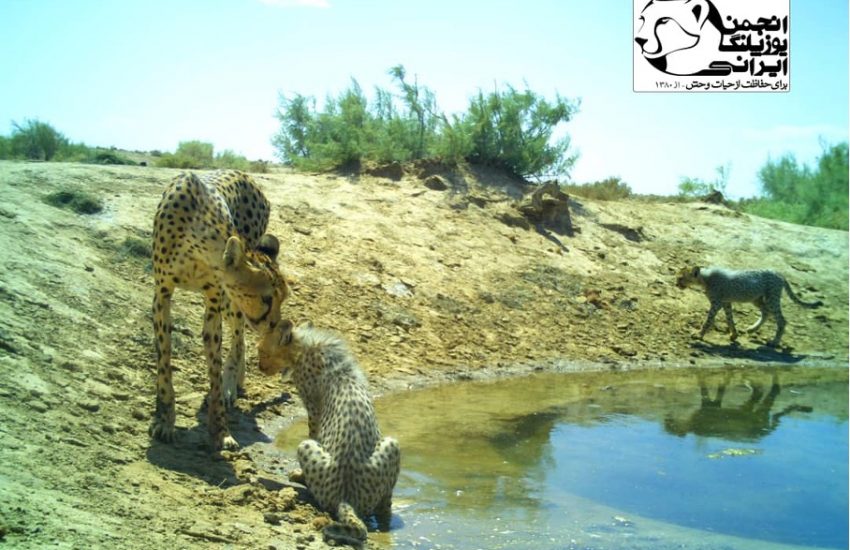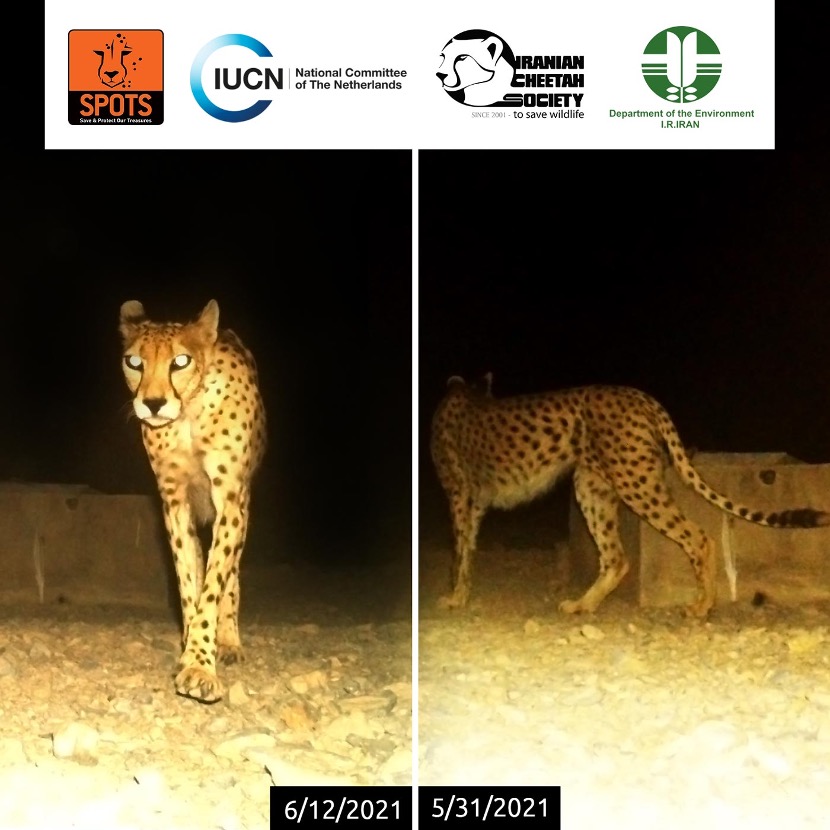Sustainable rattan harvesting: these farmers show that it…
24 April, 2025

Sustainable rattan harvesting: these farmers show that it…
24 April, 2025
Guguk village in Indonesia protect their customary forest
24 April, 2025
Monday 25 october 2021
Header photo: Three Asiatic Cheetahs in Turan National Park © Iranian Cheetah Society/SPOTS/Semnan Department of Environment
The Asiatic cheetah (Acinonyx jubatus venaticus) is a subspecies of the cheetah and is slightly smaller and lighter than its African counterpart. Iran is the world’s last stronghold of this critically endangered species. The last specimens live in the desert-like mountain areas in the eastern half of the country. To monitor the presence of the cheetahs, our local partner Iranian Cheetah Society in collaboration with SPOTS, has placed camera traps in the two confirmed habitats: Miandasht Wildlife and Touran Biosphere Reserve. Based on these images and observations, it is believed that no more than 30 cheetahs live in the two areas combined.
In the Touran Biosphere Reserve, nearly 80,000 head of cattle were allowed to graze annually, divided into more than 120 herds with 300 dogs. However, due to the drought in recent years, herds occupied the most suitable pastures and grazed more than the area could handle. As a result, the cheetah’s prey items, such as the gazelle and impala, moved higher up into the mountains, where winters are riskier, and hunting is much more difficult for the cheetah than in open terrain.
The presence of livestock poses another risk: poachers pose as herders looking for their livestock or suitable grazing areas for their animals. The grazing seasons are also dangerous due to the high numbers of sheepdogs in the area. Several Asian cheetahs have been caught and killed by dogs and people in recent years.
With support from the IUCN NL Land Acquisition Fund, Iranian Cheetah Society and the Semnan Department of Environment managed to buy up the herders’ grazing permits and protect the area. By placing the SPOTS-funded camera traps in the area, the presence of the Asiatic cheetah was established. Removing the herds in the area became a priority action for ICS and the Iranian Department of Environment to protect the critically endangered Asiatic cheetahs from extinction. The cattle have been relocated to 5,600 hectares of pastureland on the edge of Touran National Park.
Moving the livestock soon paid off; the camera traps prove the Asiatic Cheetah’s return to the secured area. Five different animals have been recorded in the past year, including a family consisting of a mother and two cubs. The three were spotted by park rangers and captured repeatedly by camera traps in the area. The photos allowed the well-being of both cubs to be monitored during this time. The mother of the cubs is a powerful cheetah that has raised three cubs in the past.

24 April, 2025
The global demand for rattan is causing major damage to the forests of Indonesia, where rattan grows exclusively in the…
24 April, 2025
The Indigenous Marga Pembarap people of Guguk village in the province of Jambi, Indonesia have a long history of living…
